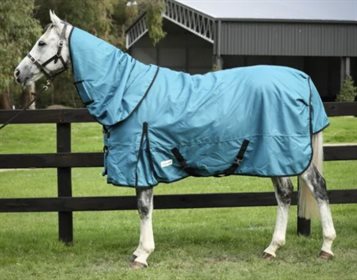This article first appeared in the August 2020 digital edition of Equestrian Life. To see what’s in the current issue, click here.

Winter is the season for hoof abscesses!
Wet weather scourge, the foot abscess
By Dr Maxine Brain
Wintertime brings with it the dreaded foot abscess. Whilst most cases will cause a temporary acute lameness, some go on to cause weeks or even months of stress to both owner and patient, and occasionally result in the need for surgery.
Wet and muddy conditions soften the foot and allow bacteria to gain access through the white line, which is the junction between the sole and the hoof wall. It is a natural line that delineates the hard, non-sensitive part of the foot, or the hoof wall, and the sensitive structures of the foot, or the laminae.
Cracks in the hoof wall or minor traumas to the sole of the foot add to the increased risk of the horse developing an abscess in these conditions. Once the bacteria enter the hoof, they multiply and cause the production of pus, which builds up into a pocket, causing pressure and pain until an exit point is found and the pus can escape. Ideally, this involves the farrier or veterinarian locating the site of the abscess and using a hoof knife or similar piece of equipment to open the abscess, allowing pus to drain down through the sole. Often in cases where the horse does not receive any farrier or veterinary care, the pus will find the easiest path for drainage, the one with the least resistance, up through the coronary band. This is not ideal as the pus needs to track upwards to be discharged, and once the pressure has been released, it can be difficult for the pus at the lowest point inside the hoof to drain…
Read the full article in the August 2020 issue of Equestrian Life magazine here.








